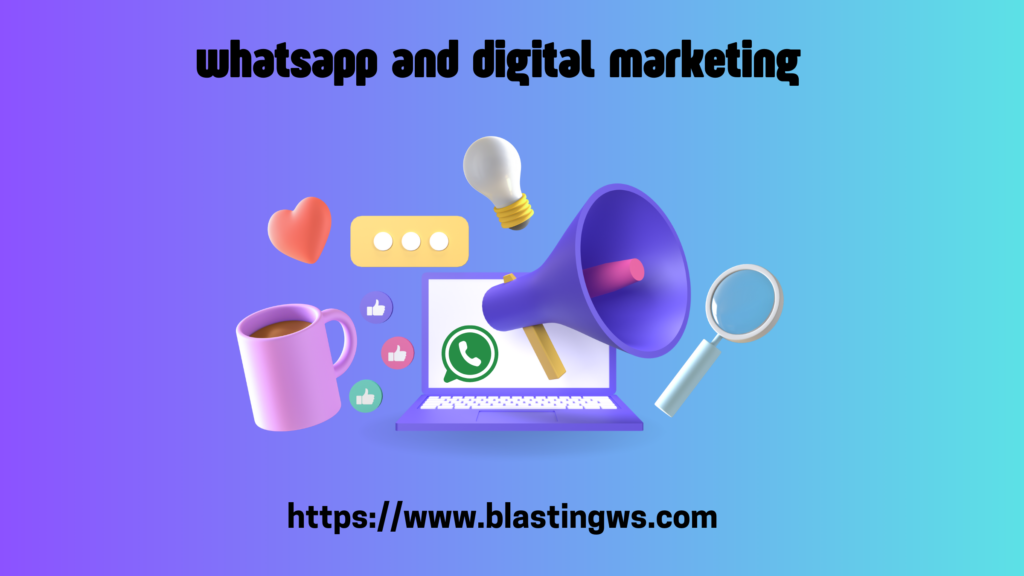As your business grows, it’s important to focus on strategic tasks that drive sustainable growth. But when marketing tasks start piling up—sending follow-ups, nurturing leads, managing campaigns—it can feel overwhelming.
If you’re not using automation as part of your sales and marketing strategy, you’re likely spending more time on manual work than you need to.
Luckily, it doesn’t have to be that way. With the right tools, you can automate many of these tasks, freeing up your time for what really matters. Automation lets you streamline everything from marketing to customer relationship management, ensuring that no opportunity slips through the cracks.
In this blog, we’ll explore marketing automation and its potential for growing your business. By knowing what to automate, when to do it, and how to implement it effectively, you can save time, increase efficiency, and focus on the bigger picture. Let’s get started!
How Does Marketing Automation Work?
Marketing automation is all about using whatsapp and digital marketing technology to perform repetitive tasks so that you can focus on more important and strategic aspects of your business.
The idea is simple: set up a system that handles tasks like sending emails, managing leads, and nurturing customer relationships automatically based on specific triggers and actions.
Marketing automation doesn’t just handle the repetitive work; it also improves accuracy and consistency in how you engage with leads and customers.
The best part about marketing automation? It’s not only time-saving but also cost-effective. Research shows that marketing automation can increase sales productivity by over 14% and reduce marketing overhead by more than 12%, making it a smart investment for businesses looking to grow efficiently.
Here are some common marketing tasks that can be automated:
Email Drip Campaigns: Automating a pre-scheduled series of emails lets you stay in touch with your leads and customers without having to send each message manually. For example, you can create a welcome email sequence using email sequencing tools that’s automatically sent when someone signs up for your newsletter.
Social Media Scheduling: Instead of posting manually every day, you can automate your social media posts on platforms like Instagram and LinkedIn. For example, if your company has a global audience, you can schedule posts to align with different time zones.
Web Push and Chatbots: With automation, you can how, despite having an improvable style and spelling mistakes, i get an average of 100 retweets per post engage website visitors through automated push notifications and chatbots. For example, when a visitor lands on your site, a chatbot can greet them, answer questions, or guide them through the next steps.
Retargeting: Automation allows you to retarget ads to people who have previously visited your website. For example, a clothing brand can automatically retarget ads to users who added items to their cart but didn’t check out.
Upselling and Cross-Selling: You can automate follow-up emails to suggest products based on previous purchases. For example, after buying a camera, customers can receive automated recommendations for compatible accessories like lenses or tripods.
Now, how do you effectively create an automation strategy that works for your business?
How to Create a Successful Marketing Automation Strategy?
Marketing automation can be applied across the crawler data entire customer journey, from the moment a prospect first interacts with your brand to when they become loyal customers and start referring you to others.
By automating key touchpoints along this journey, you ensure that your prospects and customers receive timely, personalized communication without constant team input.
1. Define Your Goals and Objectives
Before setting up any automation, you need to be clear about what you want to achieve. Are you aiming to increase lead generation, boost conversions, or improve customer retention?
Once you have a general goal, break it down into short-term, measurable objectives. These are the specific actions that will help you reach your ultimate goal.
For example, If your goal is to improve customer loyalty, you could automate follow-up emails offering personalized discounts or rewards to inactive customers. Setting clear objectives like this allows you to create focused automation that drives results.

